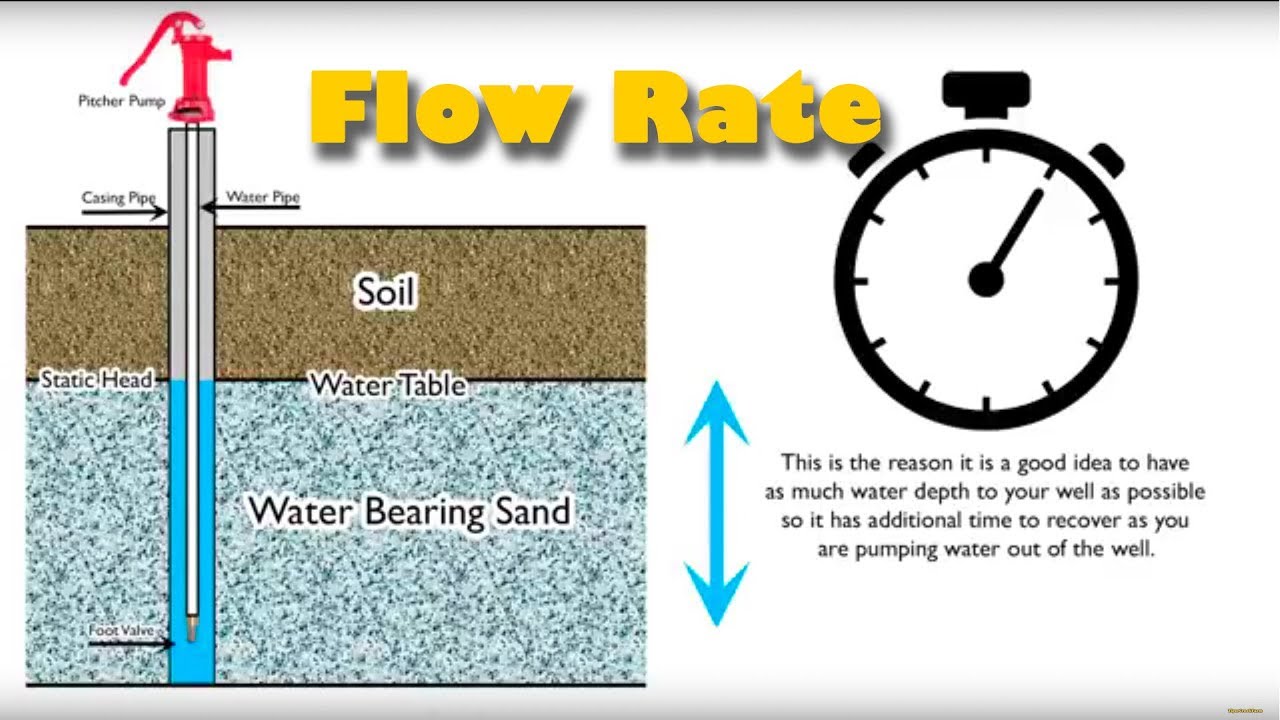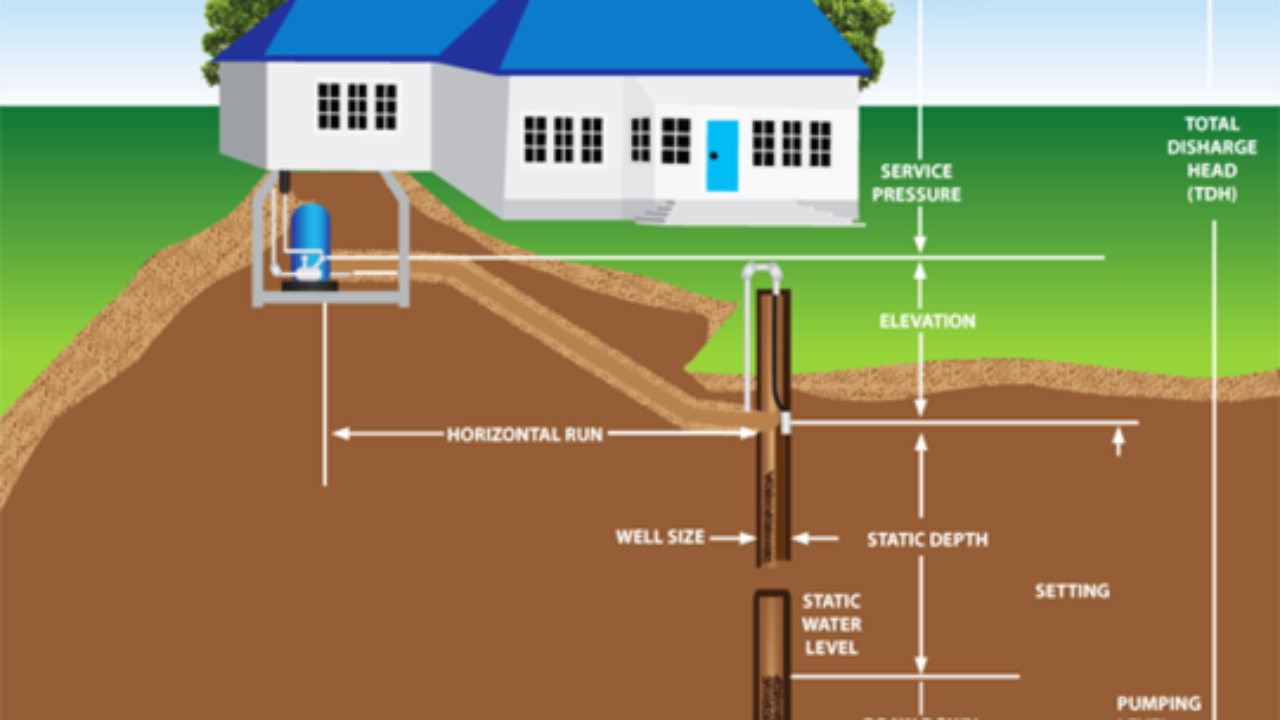Okay, so today I wanted to mess around with well pumps, and I got curious about flow rates. What’s a good flow rate for a well, anyway? I decided to do some digging and testing myself to find out.
First off, I started by just looking up what flow rate even means when it comes to wells. Turns out, it’s basically how much water your well can pump out per minute. It’s measured in gallons per minute, or GPM. Made sense. Then I wondered what’s considered “good”. I found some general guidelines online, but nothing beats hands-on experience, right?
So, I grabbed a stopwatch and a big bucket that I knew held exactly 5 gallons. I turned on the faucet connected to my well pump and let it run. I timed how long it took to fill up the bucket, then did a little math to figure out the GPM.

- Step 1: Turn on the water and start the timer.
- Step 2: Fill the 5-gallon bucket.
- Step 3: Stop the timer when the bucket’s full.
- Step 4: Note down the time in seconds.
To get the GPM, I used this formula:
GPM = (Bucket Size in Gallons / Time in Seconds) x 60
For example, if it took 30 seconds to fill the 5-gallon bucket, the calculation would be:
GPM = (5 / 30) x 60 = 10 GPM
I ran this test a few times, just to make sure I was getting consistent results. Averaged them out, you know, for accuracy. Seemed simple enough.
Turns out, my well was pumping out around 8 gallons per minute, which, from what I read, is pretty decent. Most household stuff, like showers and laundry, don’t need a super high flow rate. But it’s good to know where my well stands.
Factors Affecting Well Flow Rate
While doing my research, I also learned that several things can affect a well’s flow rate:

- Well Depth: Deeper wells often have better flow rates.
- Pump Size: A bigger pump can move more water.
- Water Table Level: If the water table drops, the flow rate can decrease.
- Well Age: Older wells might have sediment buildup, which can slow things down.
I realized that flow rate isn’t just a fixed number. It can change depending on a lot of stuff, which is pretty interesting. I also found out that if your flow rate is too low, it can cause all sorts of headaches, like running out of water when you’re in the middle of a shower. Not fun. But if it’s too high, it could mean your pump is working too hard and that’s not good either, so there should be some middle point or interval that may be the best.
Anyway, that was my little experiment for the day. It was cool to get a better understanding of my well and how it works. I’m no expert, but it’s always fun to learn new things and get your hands a little dirty, right?















